 In the realm of medical imaging, Magnetic Resonance Imaging (MRI) has long been the gold standard for diagnosing musculoskeletal (MSK) conditions. However, a rising star in this field is Diagnostic MSK Ultrasound, a technology that is not only highly effective but also significantly more cost-efficient. This blog post will explore how Diagnostic MSK Ultrasound works and how it can help save thousands of dollars by potentially replacing MRI imaging in many cases. What is Diagnostic MSK Ultrasound? Diagnostic MSK Ultrasound is a non-invasive imaging technique that uses high-frequency sound waves to produce detailed images of muscles, tendons, ligaments, joints, and other soft tissues. Unlike MRI, which uses powerful magnets and radio waves, ultrasound technology relies on sound waves, making it a safer and more accessible option for many patients.
How Does It Work?
If you’re experiencing musculoskeletal pain or dysfunction, consider discussing the option of Diagnostic MSK Ultrasound with Dr. Ray. It might be the cost-effective, efficient solution you need.
0 Comments
MEET Dr. Ray Lin, PT, DPT, CSCS - Dr. Ray is bringing Diagnostic MSK Ultrasound to our clinic6/23/2024
What does CSCS Stand for?The Certified Strength and Conditioning Specialist (CSCS) credential, offered by the National Strength and Conditioning Association (NSCA), is valuable for physical therapists because:
What is Diagnostic MSK Ultrasound?Diagnostic musculoskeletal (MSK) ultrasound is a non-invasive imaging technique used to visualize muscles, tendons, ligaments, joints, and soft tissues in real-time. It helps diagnose a variety of conditions, such as tears, strains, inflammation, and other musculoskeletal disorders. The procedure is safe, quick, and effective, providing detailed images that aid in accurate diagnosis and treatment planning.
Vivian earned her Bachelor's degree in Athletic Training from the University of Texas Permian Basin, where she developed a strong foundation in the principles and practices of athletic health care. With over five years of dedicated experience at Midland Memorial, she has honed her skills in patient care, demonstrating a commitment to improving patient outcomes and fostering a supportive environment for recovery and rehabilitation.
In her most recent role, Vivian took on the challenge of providing athletic training for various sports teams at Midland College. This position allowed her to apply her knowledge in a dynamic and fast-paced setting, working closely with athletes to prevent injuries and enhance their performance. Her hands-on experience with collegiate athletes has enriched her understanding of the unique demands of sports medicine and strengthened her ability to tailor her approach to meet the specific needs of her clients. Vivian is thrilled to join our team, bringing with her a wealth of experience as our Newest Stretch Therapist! Say Goodbye to Bladder Woes! Let Our Pelvic PT Team Work Their Magic and Restore Your Confidence5/11/2024  Do you find yourself leaking urine during activities like coughing, sneezing, or exercising? Are you experiencing unexpected leaks on your way to the bathroom or struggling to make it in time? Does it feel like your bladder is dictating your every move, leaving you constantly searching for a restroom? Are nighttime trips to the bathroom disrupting your sleep, or are you encountering difficulties starting the flow or experiencing bladder pains? You don't have to suffer anymore. Our Pelvic PT team is here to provide the support and solutions you need to reclaim control over your bladder health. Say goodbye to discomfort and inconvenience—let us help you live your life with confidence and ease. Don't have any issues?? Here are some bladder tips to keep it that way! Stay Hydrated with Water: Drinking an adequate amount of water is essential for overall bladder health. Proper hydration helps flush out toxins and bacteria that can contribute to bladder issues. Aim to drink half your body weight in oz of water per day, or adjust based on individual needs and activity levels. Practice Healthy Bathroom Habits: Establishing regular and healthy bathroom habits can contribute to bladder health. Avoid holding in urine for extended periods. Additionally, take your time, and fully emptying your bladder during each bathroom visit. Maintain a Balanced Diet: Consuming a well-balanced diet with adequate fiber can help prevent constipation, which can contribute to bladder issues. Certain irritants, such as caffeine, alcohol, and acidic foods, may exacerbate bladder symptoms, pay attention to your body's reactions and consider minimizing these triggers if you experience bladder sensitivity.  In today's world, where personal safety can often feel uncertain, empowering oneself with the knowledge of self-defense is more crucial than ever, especially for women. The unfortunate reality is that women face a disproportionate risk of physical violence and harassment. In such a landscape, the ability to defend oneself becomes not just a skill but a necessity. Here are a few compelling reasons why every woman should consider learning self-defense:
Ultimately, self-defense is about more than just physical prowess; it's about reclaiming control over one's own safety and autonomy. Every woman deserves to feel empowered and capable of protecting herself. By investing in self-defense training, women equip themselves with invaluable skills that can have a profound impact on their lives. So, let's take a stand, empower ourselves, and make personal safety a priority. Join us on June 22nd 9am for our Class! Belle, a highly skilled Licensed Massage Therapist and certified Medical Massage Practitioner, is committed to guiding individuals towards realizing their ultimate bodywork aspirations. With a profound dedication to her craft, she goes beyond mere technique, delving into a personalized journey with each client to unlock their fullest potential and achieve holistic well-being. Known for Hip Flexor Release, Craniosacral Therapy and Trauma Massage.
Michelle, boasts an illustrious career spanning over 18 years. Her wealth of experience encompasses a diverse clientele, ranging from professional athletes to the elderly, where she discovered a profound affinity for the medical aspect of massage therapy. Throughout her extensive journey, Michelle has emerged as a specialist in aiding individuals on the path to recovery from injuries and overworked muscles. Known for managing Headaches, Neck and Shoulder pain, Craniosacral Therapy and Deep Tissue. Robert, brings an impressive 9 years of massage therapy experience to our team. Roberto's passion lies in addressing body dysfunction, and he has undergone advanced training in both head and neck as well as lower body techniques. Whether you're an athlete or someone grappling with tension, Roberto is dedicated to helping you experience a profound sense of well-being. Your journey to feeling better starts here with Roberto's expertise. Known for helping reset your body with Sports Massage, Cupping and Deep Tissue. Our Stretch Therapists can help with your flexibility! Feeling stiffer than a frozen popsicle? Our stretch squad is here to turn you from a creaky door into a limber ninja! Say goodbye to feeling as flexible as a brick and hello to the bendy life! Benefits of Stretch Therapy:
Increased Flexibility: Assisted stretching enhances flexibility and range of motion, aiding in daily movements and sports performance. Reduced Muscle Tension: It alleviates tightness, promoting relaxation and reducing soreness. Enhanced Relaxation and Stress Reduction: It induces relaxation, releases endorphins, and reduces stress levels. Improved Circulation: Assisted stretching enhances blood flow, aiding in muscle recovery and overall muscle health. Mind-Body Connection: Assisted stretching promotes mindfulness, reducing stress and fostering well-being.
Have you ever experienced Vertigo? Tell us your story Diastasis recti is a condition characterized by the separation of the rectus abdominis muscles, which are the muscles that run vertically down the front of your abdomen. Normally, these muscles are joined together by connective tissue at the midline of the body. However, during pregnancy or due to other factors such as obesity, improper lifting techniques, or certain exercises, the connective tissue between the rectus abdominis muscles may become stretched and weakened, leading to a separation of the muscles.
Diastasis recti is common during and after pregnancy, as the growing uterus can put pressure on the abdominal muscles and cause them to separate. It can also occur in men and women who are overweight or engage in activities that place excessive strain on the abdominal muscles. Some common symptoms of diastasis recti include:
Did you know that PT can help with low back pain?
Here is how: Assessment and Diagnosis: our PTs assess the underlying causes of your low back pain, and develop a personalized treatment plan tailored to your specific needs and goals. Pain Management: we utilize various techniques such as manual therapy, soft tissue mobilization, dry needling to reduce stiffness, and alleviate pain Exercise Prescription: Targeted exercise program to strengthen the muscles supporting the spine, improve flexibility, and enhance overall stability. Posture Correction: our team educates patients on proper body mechanics and ergonomics to prevent strain on the lower back during daily activities. This includes guidance on sitting, standing, lifting, and other movements. Education: we also patients about their condition, helping them understand the contributing factors to their pain, and teaching self-management strategies. This empowerment is crucial for long-term relief. Functional Training: Functional activities and movements relevant to daily life, ensuring that patients can perform tasks with minimal strain. Our Team provides comprehensive treatment plan for low back pain, whether it is acute or chronic. |
AuthorDr. Stephanie, PT, DPT Archives
June 2024
Categories |

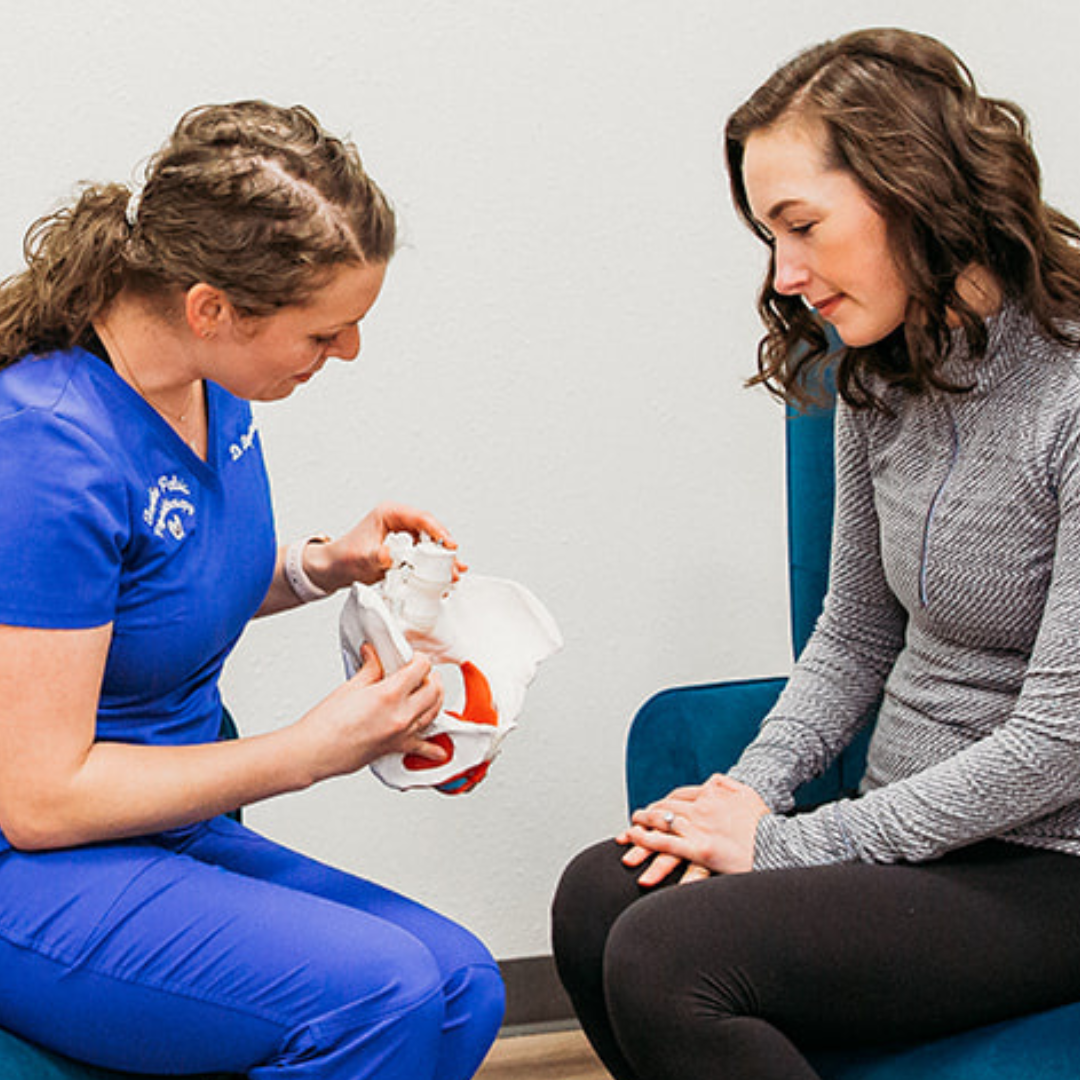
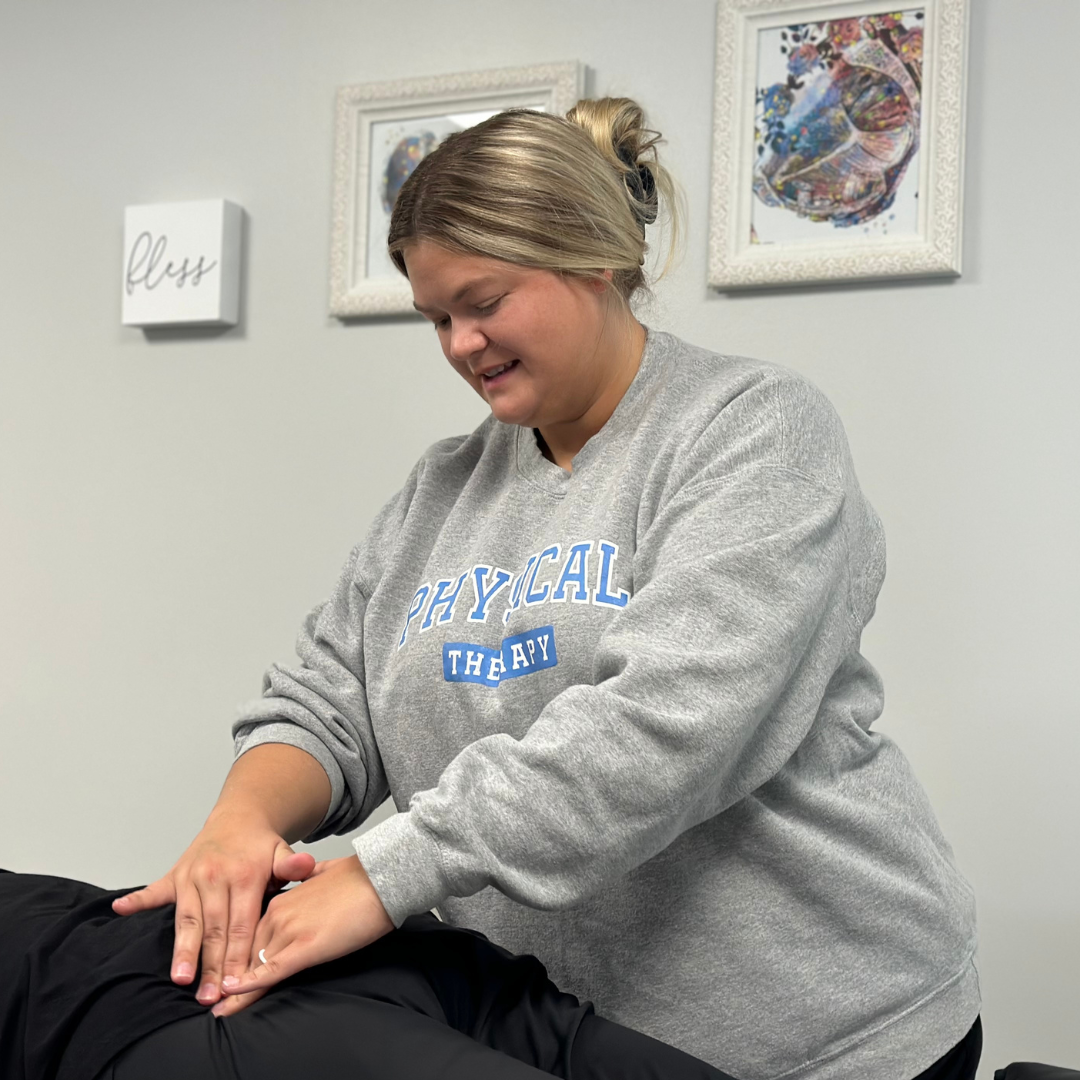
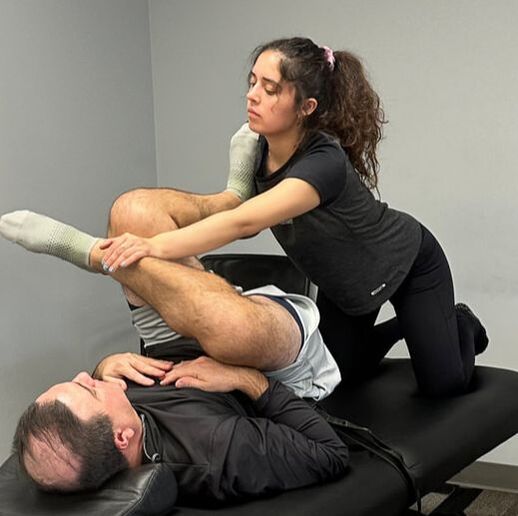
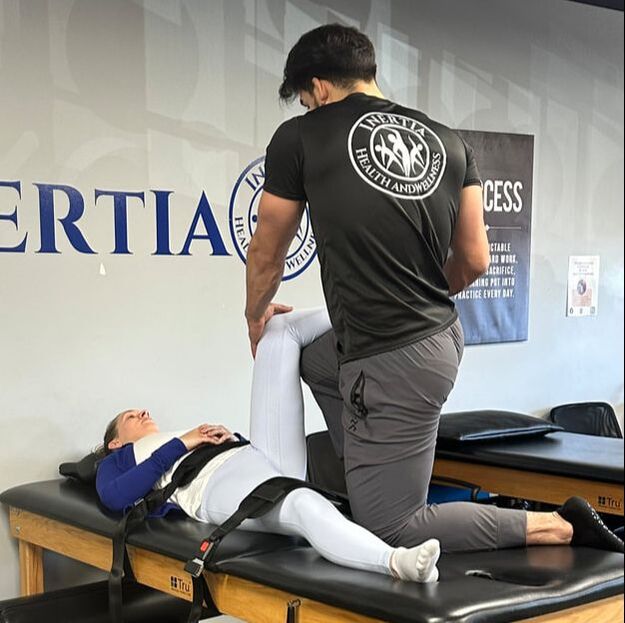


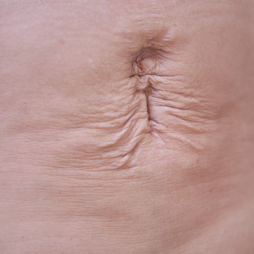
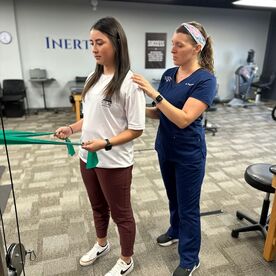
 RSS Feed
RSS Feed